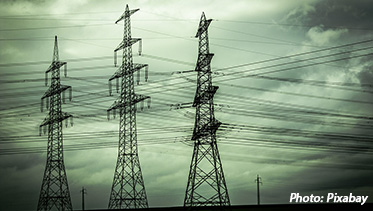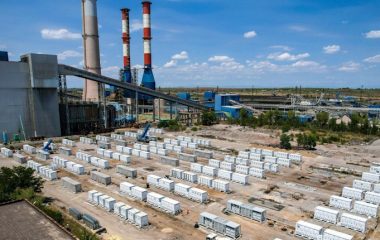
Elektro-Slovenija d.o.o. (ELES) said it came together with 12 other electricity transmission companies and 12 more universities and research institutions from 13 European countries in a consortium for the Migrate project. The name is derived from the research topic: ‘Massive Integration of Power Electronic Devices”, and the kick-off meeting was held in Brussels on January 20. The aim is to devise various approaches to technical issues relating to grid stability, supply quality, and control and security of supply that arise owing to the challenge posed by the ever-increasing use of renewable energy feed-in sources, the statement adds. The project, which is designed to run for four years, is receiving funding of roughly EUR 17 million from the European Union, and it forms part of the Horizon 2020 framework programme for research and innovation.
“The question that has to be examined is: how much power electronics can the grid cope with?”, said Mariana Stantcheva, project officer in European Commission’s Innovation and Networks Executive Agency (INEA). The integrated network will at certain points face challenges at various locations due to the large amounts of electricity fed into it from wind and solar sources. Both electricity production on the one hand – due to the increasing share of renewable energy – but also consumption on the other hand – owing to the implementation of energy efficiency systems, for example – will increasingly be linked to the electricity grid through power electronics, according to the report. A power station generator, for instance, lacks the inertia that is needed to guarantee the necessary frequency stability at 50 Hertz.
In December, the government in Ljubljana backed the implementation of a Slovenian–Japanese demonstration project, estimated at EUR 80 million, for testing technologies and solutions in working smart networks.

















